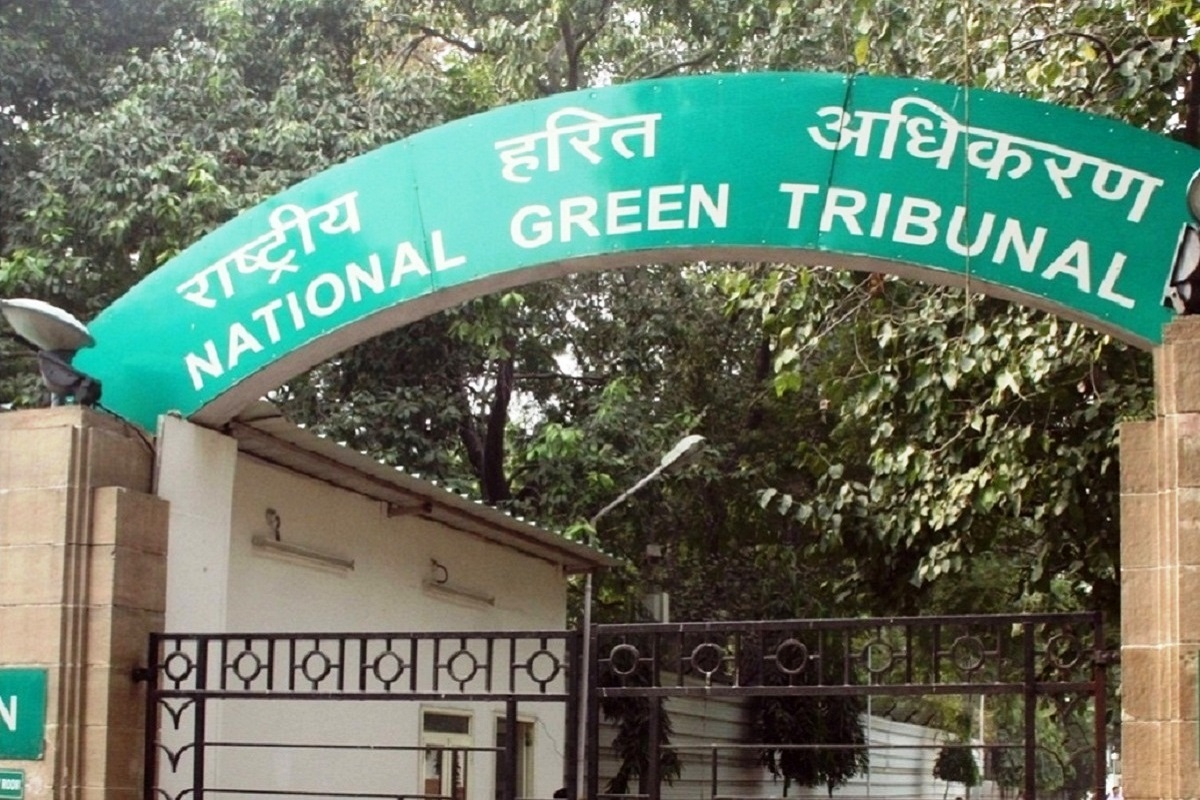The National Green Tribunal has directed the State government to initiate measures for restoration of banks of Mahanadi and Brahmani river banks adversely impacted by illegal extraction of minor minerals, earth and soil in Odisha’s Kendrapara district.
“We direct the Collector & District Magistrate, Kendrapara to ensure that there is no illegal excavation in the area in question for which purpose he shall take all security measures as may be necessary including the formation of monitoring teams which shall inspect the area from time to time. Strict surveillance measures through satellite monitoring, as well as installation of CCTV cameras in strategic locations, may be ensured”, a two-member eastern zone bench of NGT, B. Amit Sthalekar and Siabal Dasgupta ordered in a ruling dated 18 November.
Advertisement
Extraction of minor minerals and earth by the Rail Vikash Nigam Ltd. (RVNL) without the environmental clearance certificate for the construction of 81 kilometres long Haridaspur-Paradip rail line had adversely affected the river banks. Four petitioners- Sasee Bhoosan Pattanayak, Ares Khatua, Alaya Samantaray and Pratap Chandra Mohanty- had sought NGT to intervene in the environmentally-damaging activity.
In response to the petition, NGT had entrusted the National Institute of Technology (NIT), Rourkela to conduct a comprehensive survey on the alleged unlawful activities along the riverbeds.
In a report prepared by the National Institute of Technology (NIT), Rourkela had later suggested restitution measures to mitigate the adverse environmental impact on the banks of the Brahmani river and Mahanadi river.
The river banks are required to be stabilized with soil followed by plantation to prevent soil erosion. Lightweight grasses with deep root systems like or other locally available natural species may be planted up to 5 metres from the bank crest which will help in preventing erosion. Lightweight vegetation with a spreading root system may be planted beyond this zone that will facilitate the safe release of water without carrying the solid particles along with the discharge. The land close to the riverbank that has been excavated is required to be filled up by sand and soil to its original level, the NIT Rourkela in its report to NGT had suggested.
Considering the observations recorded by the NIT, Rourkela and their conclusions as well as their suggestions for restitution and restoration of the banks of Brahmani River and Mahanadi River, we, therefore, direct the Collector & District Magistrate, Kendrapara to ensure the compliance of the recommendations of the NIT, Rourkela with regard to restitution measures to mitigate the adverse environmental impact on the banks of Brahmani River and Mahanadi River, in a time-bound manner within four months.











